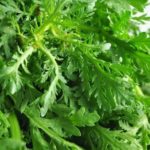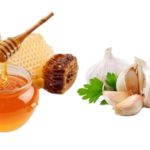Lettuce, also known as cos lettuce, has long been considered a popular vegetable in many countries, often consumed raw, as a side dish, or in salads and nutritious dishes.
There are numerous varieties of lettuce available in the market today, ranging from domestic to foreign breeds. So, how can we differentiate them? Let’s explore this in the article below.
1 Understanding Lettuce
Origin of Lettuce
Lettuce, also known as water velvetstem or velvetleaf cabbage, is an herbaceous vegetable that originated in Europe. Today, lettuce has been crossbred into numerous varieties and is cultivated worldwide.
Lettuce thrives in cool climates. In Vietnam, regions with cooler climates, such as Da Lat, are ideal for growing sweet and crisp lettuce leaves.
 Lettuce originated in Europe
Lettuce originated in Europe
Nutritional Value of Lettuce
According to research, the nutritional content of 100g of lettuce is as follows:
|
Calories
|
17
|
|
Fat
|
0.3g
|
|
Carbohydrates
|
3.3g
|
|
Fiber
|
2.1g
|
|
Sugar
|
1.2g
|
|
Protein
|
1.3g
|
Classification of Lettuce
Butterhead Lettuce
Butterhead lettuce has round, curly leaves with a vibrant green color. It has a sweet taste and is favored by many. Butterhead lettuce goes well with other ingredients in salads.
In addition to its delicious taste, butterhead lettuce aids in digestion and is beneficial for the liver. Regular consumption of butterhead lettuce can reduce the risks of cardiovascular diseases and cancer.
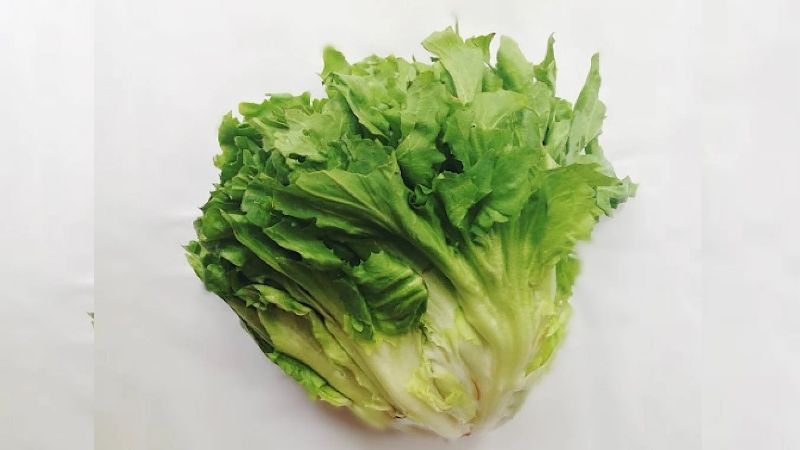 Butterhead Lettuce
Butterhead Lettuce
Frisée Lettuce – Curly Endive
True to its name, this lettuce variety has curly leaves with crisp veins, small and elongated in shape. While it has a crunchy texture, its bitter taste makes it less appealing to some palates. However, those who acquire a taste for the bitterness of frisée lettuce often become fond of it.
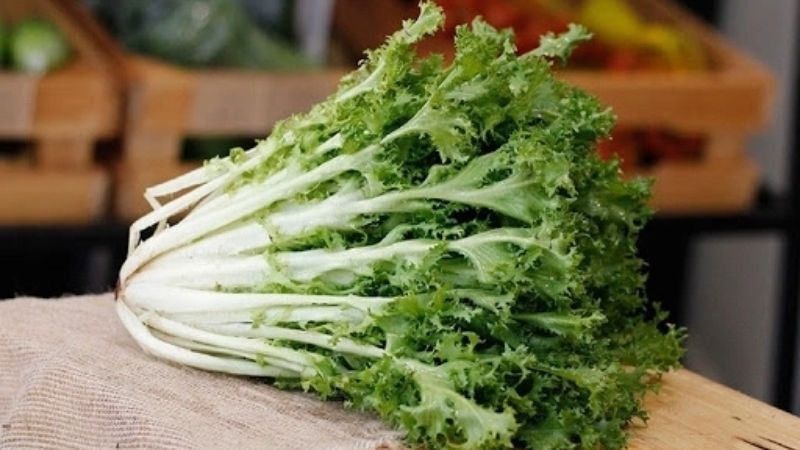 Frisée Lettuce – Curly Endive
Frisée Lettuce – Curly Endive
Romaine Lettuce
Romaine lettuce is crisp and sweet, with minimal pungency, and has long, dark green leaves. It is rich in vitamins A, C, B1, and B2, as well as calcium.
Due to its robust flavor, romaine lettuce is commonly used in Western-style salads, often paired with tuna, tomatoes, cucumbers, and carrots.
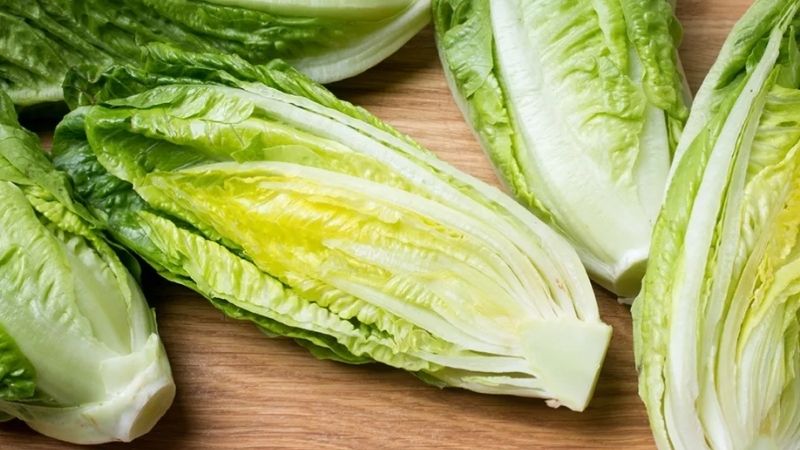 Romaine Lettuce
Romaine Lettuce
Oak Leaf Lettuce
Oak leaf lettuce typically comes in two colors (fresh green and reddish-purple), making it visually appealing. Its leaves are long, soft, and folded like oak leaves, hence its name. Oak leaf lettuce has a sweet and fragrant taste, making it a favorite among many.
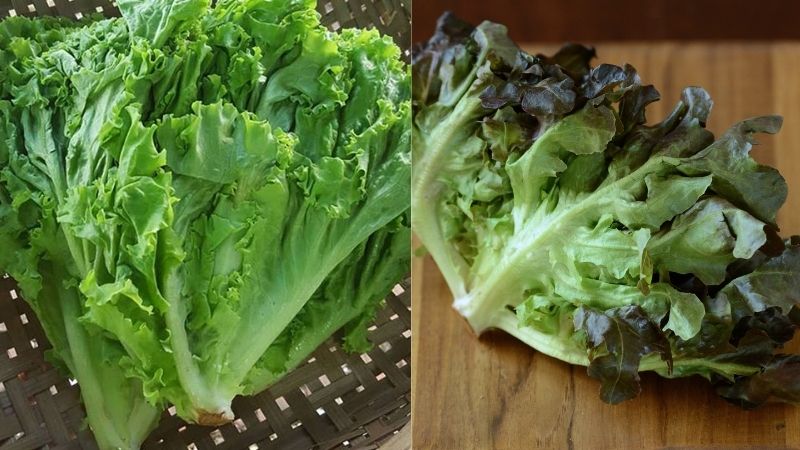 Oak Leaf Lettuce
Oak Leaf Lettuce
As its name suggests, this variety has loosely arranged leaves with wide and curly layers. The green color of the leaves looks refreshing, and they have a sweet taste, neither too crisp nor too soft. They are ideal for mixed dishes, especially when used to wrap grilled meat.
 Loosely Head Lettuce
Loosely Head Lettuce
Iceberg Lettuce
Iceberg lettuce has leaves that curl into a head like cabbage, with outer layers in green and inner layers in white. It has a crisp texture, no pungency, and is high in water content. This variety is considered one of the easiest to eat and goes well with various dishes.
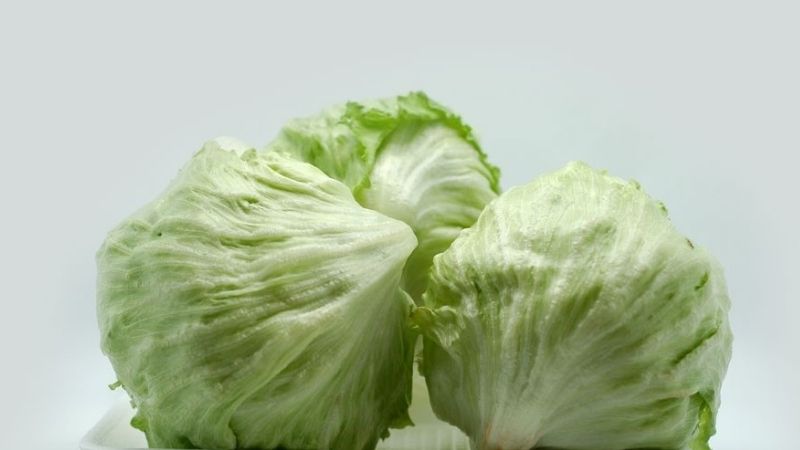 Iceberg Lettuce
Iceberg Lettuce
This variety has large leaves that are loosely arranged and can be easily detached from the stem. Butterhead lettuce has a softer texture and a sweet taste.
Since it is typically consumed raw, it is important to thoroughly wash and soak the lettuce in saltwater before eating to remove any dirt or bacteria that may be present on the vegetable.
 Butterhead Lettuce
Butterhead Lettuce
How to Choose Good-Quality Lettuce
When selecting lettuce, look for the following characteristics to ensure its freshness:
-
The leaves should have a vibrant green color, without any wilting or bruising on the edges. When you separate the leaves, the stem should not be bruised or waterlogged.
-
The stem should be whitish-green, without any brown or yellow discoloration.
-
The leaves should be uniform in size, without any signs of curling due to pests or small holes.
2 Health Benefits of Eating Lettuce
Lettuce is Low in Calories
Lettuce is a green vegetable that provides minimal energy, with only 15 calories per 100g of consumption.
Antioxidant Properties, Beneficial for Eyes, Lungs, and Throat

Cos lettuce is an excellent source of vitamin A and beta-carotene. Every 100g of cos lettuce contains 247% of the recommended daily intake of vitamin A and 4.442 micrograms of beta-carotene. These components give cos lettuce its antioxidant properties, helping to maintain eye health and prevent lung and throat cancers.
Supports the Nervous System
Vitamin K in lettuce is an essential nutrient for bone metabolism and plays a crucial role in protecting neurons from damage. It also aids in the treatment of Alzheimer’s disease.
Cancer Prevention
Folate and vitamin C found in lettuce are highly beneficial for the body. Folate assists in DNA synthesis, ensuring the proper development of the neural tube in fetuses. Vitamin C acts as an antioxidant, boosting the immune system and eliminating harmful free radicals.
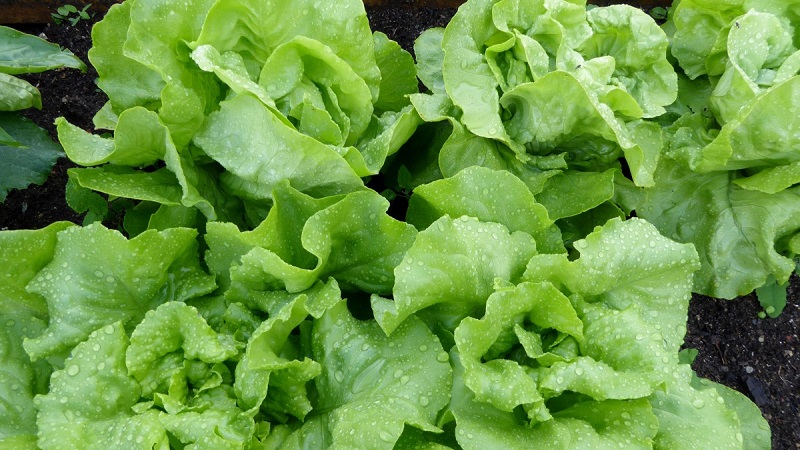
Beneficial for the Retina
Every 100g of lettuce contains 1.730 micrograms of zeaxanthin, a type of carotenoid selectively absorbed by the retina. This provides antioxidant and protective effects against harmful free radicals in the retina.
Aids in Weight Loss
According to Harvard T.H. Chan School of Public Health, adult women should consume 20g of fiber per day, while men should consume 30g. Lettuce is an excellent source of this nutrient, making it a valuable addition to a healthy diet.
Promotes Heart Health and Regulates Blood Pressure
Lettuce is rich in beneficial minerals such as potassium, calcium, magnesium, and iron. Potassium is essential for regulating heart rate and blood pressure. Magnesium functions as an enzyme cofactor and possesses antioxidant properties through its role in superoxide dismutase. Iron is crucial for red blood cell formation.
 Lettuce Promotes Heart Health
Lettuce Promotes Heart Health
Cos lettuce is a good source of B-complex vitamins, including thiamin, riboflavin, and niacin. Additionally, it provides a significant amount of protein, with 75g of cos lettuce containing nearly 1g of protein.
Prevents Various Health Conditions
Incorporating lettuce into your daily diet can help prevent osteoporosis, iron-deficiency anemia, cardiovascular diseases, Alzheimer’s disease, macular degeneration, and cancer.
Vegetables, including lettuce, are excellent sources of minerals, fiber, and other essential nutrients, offering numerous health benefits at a low cost.
3 Delicious Recipes with Lettuce
Beef Salad with Lettuce
This dish combines the natural sweetness and crispness of lettuce with the tender and flavorful beef. You can add tomatoes, cucumbers, and basil to enhance the colors and flavors of the salad.
 Beef Salad with Lettuce
Beef Salad with Lettuce
Lettuce Salad with Vinaigrette
A simple yet delicious dish, this salad combines lettuce and tomatoes with a tangy and creamy vinaigrette dressing.
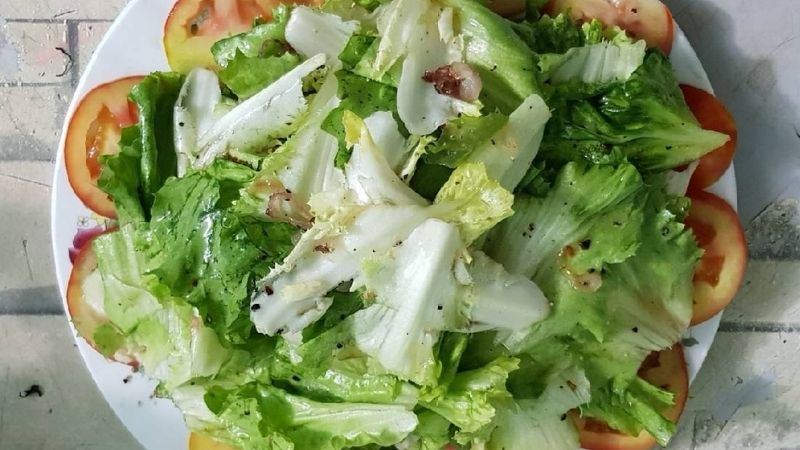 Lettuce Salad with Vinaigrette
Lettuce Salad with Vinaigrette
Tuna Salad with Lettuce and Kewpie Mayonnaise
The combination of soft and fatty tuna, crisp and sweet lettuce, and juicy tomatoes, along with the distinctive flavor of Kewpie mayonnaise, creates a mouthwatering dish.
 Tuna Salad with Lettuce and Kewpie Mayonnaise
Tuna Salad with Lettuce and Kewpie Mayonnaise
Lettuce Salad with Mayonnaise
Lettuce, tomatoes, bell peppers, and cold cuts mixed with mayonnaise make a simple yet flavorful salad. This dish offers a balanced nutrition profile and is loved by many.
 Lettuce Salad with Mayonnaise
Lettuce Salad with Mayonnaise
Vegetarian Lettuce Salad
A simple yet tasty dish, this vegetarian lettuce salad is mixed with various vegetables and goes well with meat and fish dishes to balance the nutrition profile.
Secrets to keeping lettuce fresh and crisp for 14 days
Say goodbye to wilted lettuce forever with this game-changing storage hack. No more tossing out salad greens that have gone limp and sad. This simple trick will keep your lettuce fresh and crisp, just the way you like it. Get ready to enjoy delicious salads every day with this easy preservation method.




























